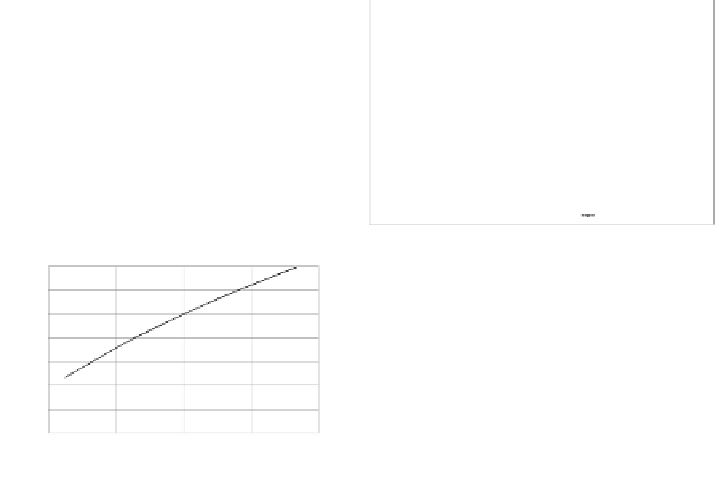Information Technology Reference
In-Depth Information
43.00
43.00
42.00
42.00
41.00
41.00
40.00
40.00
39.00
39.00
38.00
38.00
37.00
37.00
36.00
35.00
36.00
25000000
45000000
65000000
85000000
105000000
25000000
45000000
65000000
85000000
105000000
Bit-rate (bits/s)
H.264/AVC Intra
Bit-rate (bits/s)
Motion JPEG 2000
H.264/AVC Intra
Motion JPEG 2000 Field
Motion JPEG 2000 Frame
OldTownCross, 720p50
OldTownCross, 1080i25
41.00
42.00
40.00
41.00
39.00
40.00
38.00
39.00
37.00
38.00
36.00
37.00
35.00
36.00
34.00
35.00
25000000
45000000
65000000
85000000
105000000
25000000
45000000
65000000
85000000
105000000
Bit-rate (bits/s)
H.264/AVC Intra
Bit-rate (bits/s)
Motion JPEG 2000
H.264/AVC Intra
Motion JPEG 2000 Field
Motion JPEG 2000 Frame
IntoTree, 720p50
IntoTree, 1080i25
Fig. 8
Comparison between the compression performance of H.264/AVC and Motion JPEG
2000 for 720p50 and 1080i25 material (OldTownCross and IntoTree sequences)
DucksTakeOff sequence. We can conclude that, on average, H.264/AVC Intra of-
fers the best coding performance for 720p50 material.
When looking at the results for 1080i25 material, it becomes clear that the
frame coding approach for Motion JPEG 2000 is superior to the field coding ap-
proach. This is to be expected since the test material exhibits a relatively high
correlation between successive fields, which can only be exploited in the frame
coding mode. When comparing Motion JPEG 2000 frame coding with
H.264/AVC Intra coding, the performance of H.264/AVC Intra is better for the
CrowdRun and ParkJoy sequences. The compression performance of both codecs
is similar for IntoTree and OldTownCross. For the DucksTakeOff sequence, Mo-
tion JPEG 2000 outperforms H.264/AVC Intra. On average, the same conclusion
as for progressive material can be drawn: H.264/AVC Intra offers better coding
performance than Motion JPEG 2000.
In a second series of experiments, the quality degradation (or re-compression
loss) resulting from successive encoding and decoding of the same video material
is assessed. In these experiments four encoding-decoding iterations are performed.
No spatial shifting of the reconstructed signal is applied in between successive it-
erations. The parameter settings from the first experiments are reused. The aver-
age PSNR results after the 2
nd
and the 4
th
encoding-decoding cycle are reported in
Figure 9 - Figure 13.































































